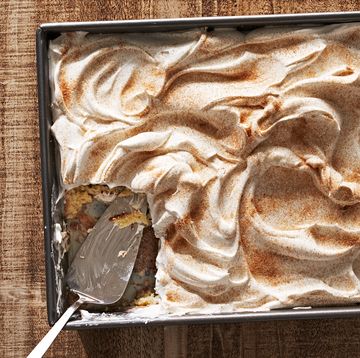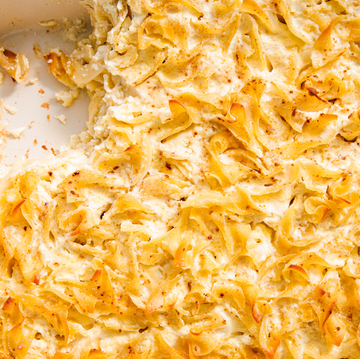Think making perfect French toast at home is a myth? Well, prepare to be amazed. If your every prior attempt has resulted in soggy, less-than-ideal French toast, our recipe is here to make your breakfast dreams come true. Crisp and golden on the outside, soft and custardy in the middle, our tried-and-true favorite French toast treats you to decadent brunch perfection in the comfort of your own kitchen.
The best bread for French toast.
Soft enriched bread, such as challah or brioche, makes the best base for French toast. You don’t need to let it sit out overnight to dry out, but make sure to buy a whole (not pre-sliced) loaf so you can slice it yourself.
The secret to perfect (not soggy) French toast.
It all comes down to two things: the time spent in the pan vs. the thickness of the bread. In testing, we found that 1" slices were perfect: thin enough to cook through in the pan, but thick enough to soak up the custard and achieve a beautifully creamy center. Precise timing is also key to achieving the perfect texture on your French toast. Soak the bread for exactly 30 seconds on each side (we know it sounds silly, but set a timer!), then cook for 3 minutes on each side, adjusting the heat as needed to keep the pan at a steady medium heat.
Make ahead and freezing.
The French toast should be cooked through and ready to eat as soon as it leaves the pan, but if you’re making multiple batches before sitting down to eat, keep the cooked batch in a warm (200°) oven while you finish the rest. This will ensure that every piece stays crisp and warm until you’re ready to eat.
If you’re looking to freeze your French toast, you can arrange the cooked toast in a single layer on a parchment-lined sheet pan and freeze until firm. After that, transfer to an airtight container or bag and freeze for up to 1 month. To reheat, you can thaw briefly at room temperature (it shouldn't take long) and reheat briefly in a pan or a low oven.
Made this recipe? Let us know how it went in the comments below.














